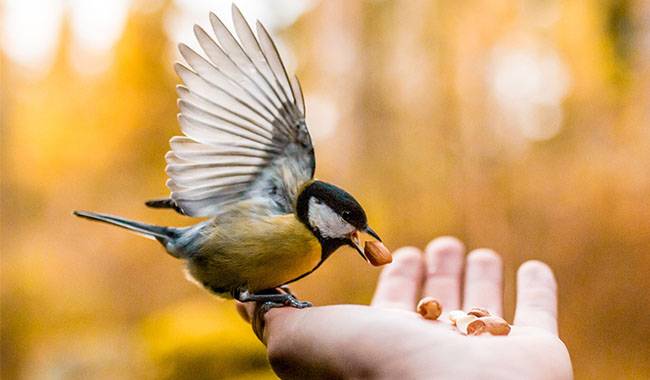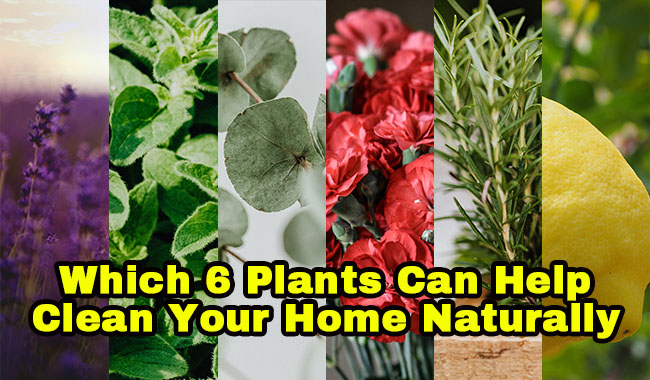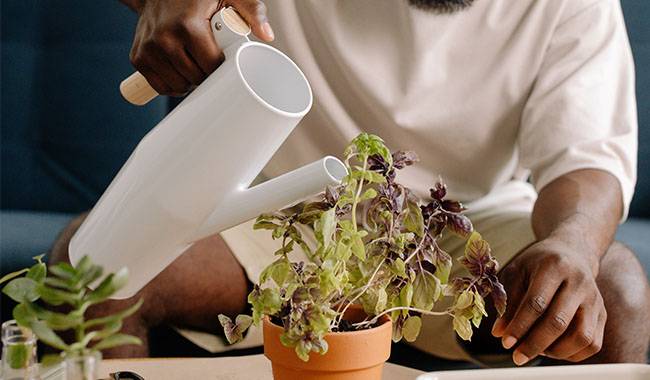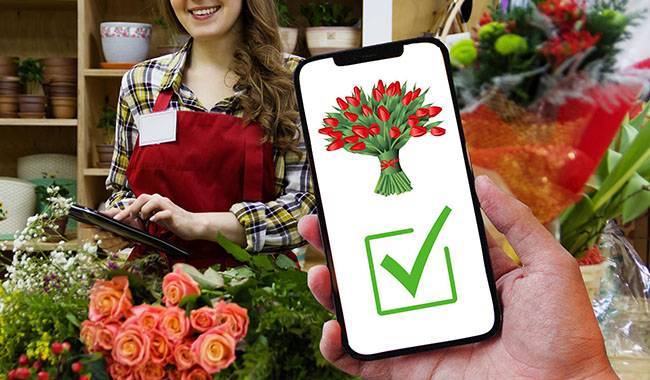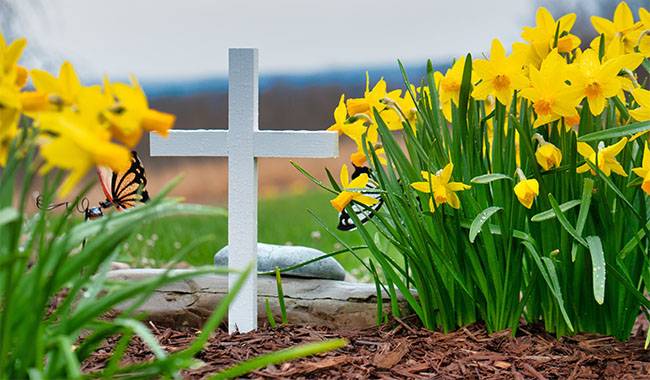
Although every gardener knows what mulch can do for garden plants, it is not often used for potted plants. And for houseplants, it is very rare to grow plants under protected soil. However, this unique method not only improves and protects the substrate for colorful potted plants and balcony flowers. Mulch is just as useful for houseplants as it is for garden plants. And it is just as easy to apply. However, greater care should be taken in choosing the right mulch and its quality. You will learn Mulch for Houseplants in the ThumbGarden article.
WHY MULCH THE SOIL FOR HOUSEPLANTS?
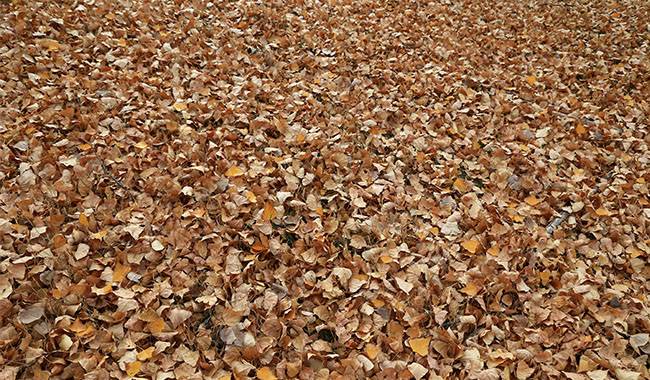
Mulching substrates for houseplants have only recently become fashionable. But those who not only grow houseplants but also look after plants in their gardens have long been aware of all its benefits. A smaller mulch area doesn’t change anything: it is still the easiest thing to look after for any plant. But for houseplants, there are some special rules that are best followed.
Mulching is the most effective way to protect properties and stabilise any soil. It protects plants from many negative factors.
- from the loss of breathability and permeability of the ground over time – compaction, changes in texture, which can usually only be compensated for by loosening.
- from overheating and overcooling of the soil.
- from rapid evaporation of water.
- from uneven water distribution.
- from the formation of dense crusts on the surface.
For indoor plants, mulching has some other “benefits”.
- increases or balances the humidity in the air (moisture-stabilising materials act in the same way as humidifiers by slowly evaporating water and eliminating the risk of keeping plants in too dry air).
- protects the substrate from pollution, plant debris, and the long-term accumulation of salts, keeping the soil clean and reducing the risk of disease transmission
- Reduces contamination of adjacent surfaces, trays, and window sills by soil particles, including when watering.
But one of the most important functions of mulch for houseplants is purely decorative. It creates a gorgeous aesthetic backdrop for plants, emphasising the style of the interior and its colour scheme, helping to add a new dimension to gardening and emphasising the merits of the plants themselves.
Whether your plants are large or small, and in which soil and containers they are grown, a properly chosen mulch will only improve their condition.
COVERING BOTH THE BASE AND THE PALLET
Unlike plants in the garden, with indoor plants, you can mulch more than just the soil. Soil and plant protection products can be broadly divided into two categories.
- Mulching of the substrate.
- Mulching (or lining) on trays.
The first is the usual mulch on the surface of the soil. The substrate should be completely covered with a layer of mulch that covers the entire area of the pot and is as uniform as possible. The ‘room’ layer of mulch should be much thinner than the ‘garden’ layer of mulch. For houseplants, lay a layer of 0.2-0.4 inches (0.5-1 cm) of fine-grained mulch, but a layer of 0.4-0.6 inches (1-1.5 cm) of coarse-grained mulch.
The thickness of this layer is determined by the effect of hiding the soil completely under the mulch. If the material is fine-grained, a fine mesh screen should be placed underneath to protect the layer from erosion and mixing with the substrate.
Tray mulch – A layer of moist, slowly evaporating material is formed on a wide tray or tray placed underneath the plants so that the bottom of the pot does not come into contact with water or wet mulch. This is the simplest version of a humidifier.
Plants can be placed on a special grid or left in a compact, a plain tray that is placed on top of a layer of mulch. Several types of material can be mixed in the same humidifier tray.
WHAT TYPES OF MULCH ARE AVAILABLE FOR INDOOR PLANTS?
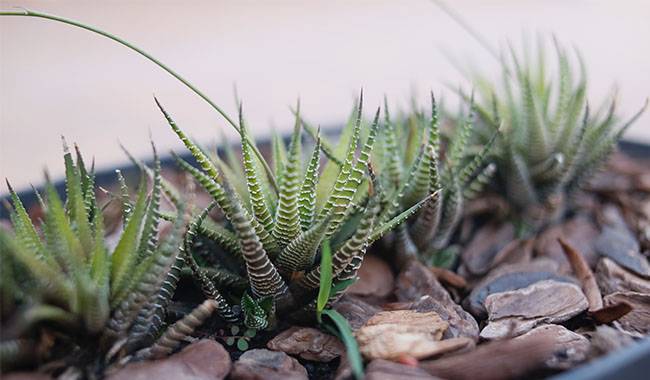
Materials for mulching houseplants.
- peat moss and other types of decorative moss.
- pebbles.
- finely crushed stones.
- expanded clay of different components.
- decorative stones.
- Decorative stone chips and aquarium flooring.
- Pine and other tree bark, bark fragments.
- Coarsely crushed coconut soil.
- Perlite and agricultural perlite.
- Vermiculite.
- Peat.
- Decorative glass, shells, and other natural or artificial, reactive neutral fillers.
Do not attempt to use mulches such as coffee grounds, grass clippings, hay, tea scraps, crushed eggshells, etc. as they are as undesirable as mulches for houseplants as they are as fertilizers.
Types of mulch can be broadly divided into mulches for moisture-loving plants and mulches for plants that are afraid of over-watering. Sand, pebbles, expanded clay, vermiculite, and perlite are dry and hygroscopic materials, suitable even for succulents. Moss and stone chips, on the other hand, add moisture and help with moisture-loving crops.
CHOOSING MULCH BY PLANT TYPE
Each type of houseplant requires individual care and selection of conditions and substrates. And it is the characteristics of each species that should be taken into account when looking for the ideal type of mulch.
Finding a suitable choice from the dozens of materials available is not at all difficult: just consider your preferred soil reaction and limit the available materials to those used for substrates or to a list of additives that create drainage at the bottom of the tank.
In order to match the type of mulch to the plant, you need to do the following.
- Check what type of soil and drainage the plant prefers. Crops that prefer acidic soil will grow well when covered with material that keeps the pH stable or slightly acidifies the soil. For crops that prefer calcareous soils, choose inert or loosening additives limited to neutral and gravel that increase the alkaline response.
- Choose which plants need the effect of mulch – to prevent the soil from over-watering, to act as upper drainage, or conversely, to stabilize – to create a light to moderate constant soil moisture.
- Consider the decorative features – texture, colour, impact on the plants, and the perception of the room.
For example, chopped pine needles or peat are most suitable for hydrangeas and rhododendrons, but also for camellias. All cacti grow better under a cover of fine pebbles, gravel, or coarse sand. The same material is best used to create a thin layer on the substrate around the rosettes of violets and all types of thistle.
Non-coniferous bark chips, as well as agricultural perlite, vermiculite, expanded clay, and coconut mulch, are suitable for all types of houseplants without special soil requirements, including indoor vines, geraniums, hibiscus, fruit trees, ficus, and many more.
Before using any mulch, ensure that it is safe, clean, disinfected, and free from toxins and other harmful substances. It should also avoid forming water and airtight barrier (for example, certain types of sisal and other natural materials can have this effect).
SIMPLE RULES FOR CARING FOR COVERINGS
Even in the garden, mulch layers need to be renewed regularly. For houseplants the procedure is similar, but it is usually a simple minor ‘tweak’ when there are signs of loss of ornamental interest or when the material is in poor condition.
Remove and replace mulch completely when replanting plants, or when it becomes heavily soiled and ruined.
If the mulch has eroded or settled slightly over time and the substrate begins to show through, it can be renewed simply by refilling it to its previous level and filling in the gaps. If there is a build-up of debris or signs of mould partially spreading and the edges of the basin are losing their beauty and usefulness, the damaged pieces of mulch should be carefully removed and new mulch laid in situ.




